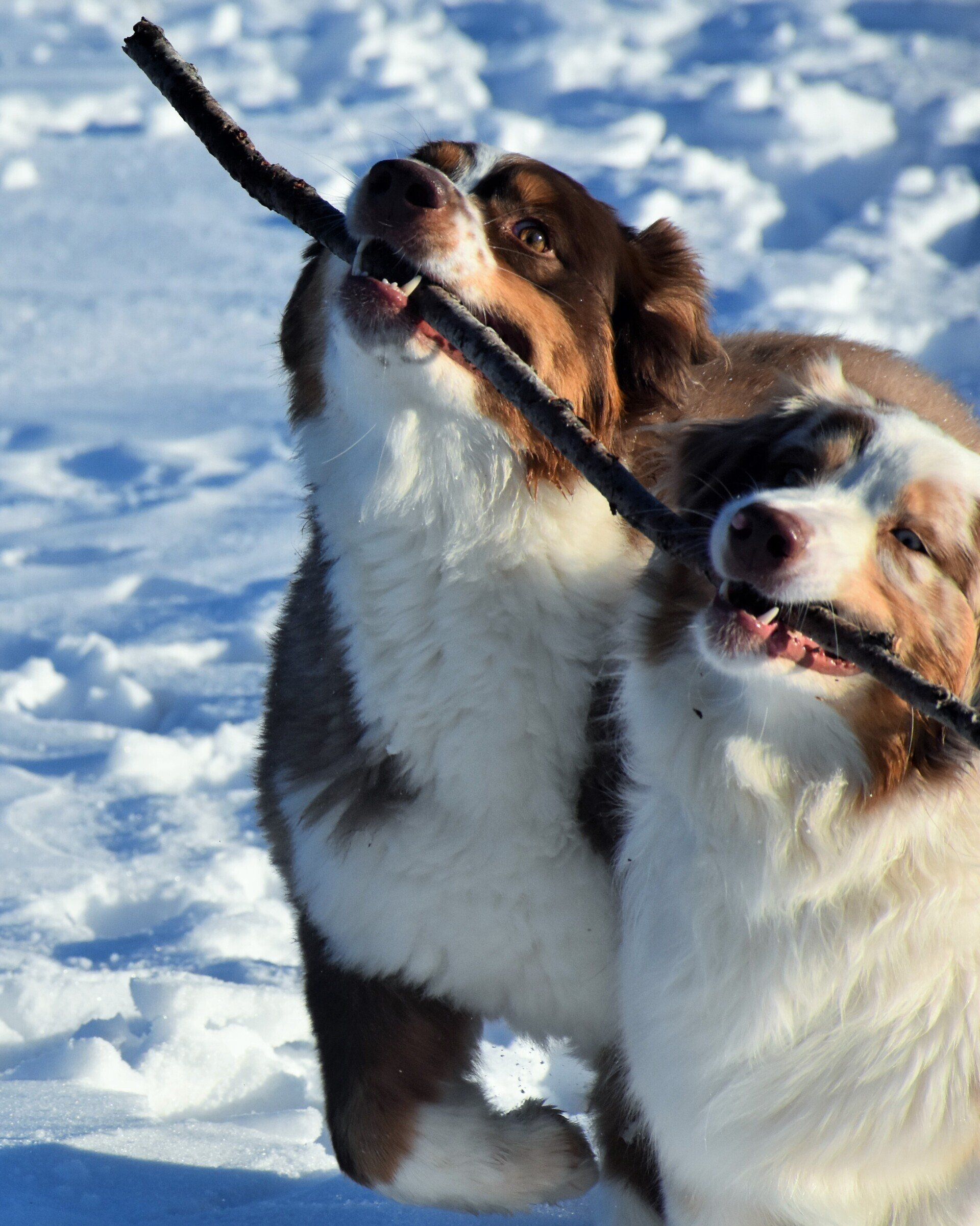On the Fly Travel Tips
Kate Hoehn
Traveling with your pet this winter? Here are some helpful tips to make your trip go a little smoother for you and your companion.
- When your pet travels, the kennel should clearly display your name, address, and phone number, as well as your pet’s name. Use arrows or other markings (Live Animal Stickers) indicating the top of the kennel, display labels on top and on at least one side with the words LIVE ANIMALS printed in 1 inch high letters. Include food and water dishes (both empty) secured inside the kennel and accessible from outside. Show a food and water schedule and, if any food is necessary, include an ample supply in a bag attached to the outside of the kennel. It’s best to line the crate with puppy pads, which will absorb any unexpected messes. The kennel should contain no more than one adult dog or cat, or no more than two puppies or kittens.
- USDA requires that your pet be offered food and water within four hours before check-in with the airline. Do not overfeed your pet at this time. A full stomach is not a good idea for a traveling pet.
- The crate must be sturdy, properly ventilated, and large enough that the animal may freely stand, sit, lie down, and turn around. Allow your pet to get used to the crate in the comfort of your home before your trip.
- Carry a leash with you on your trip so that you may walk your pet before check-in and after arrival. Do not keep the leash with the animal, either inside or attached to the outside of the kennel.
- Sedation is not advised since the effects of tranquilizers on animals at higher altitudes are unpredictable. The decision to prescribe a tranquilizer should be made by your veterinarian. If you believe some form of sedation might be helpful, be sure to obtain and follow a veterinarian’s advice.
- Check with your veterinarian to be sure that your pet is fit to travel and update any shots that your pet needs. In order to comply with the rules of most airlines, as well as the state and federal rules, you will need an Airline Veterinary Health Certificate, which must be obtained from your veterinarian within ten days of your trip.
- Whenever possible, book a direct, nonstop flight, and avoid holiday or weekend travel. Also, consider schedules that minimize temperature extremes. For example, try to avoid travel during excessively hot or cold periods. The USDA prohibits the shipment of animals where temperatures at either the origin or destination are below 45º or above 85º. Many airlines have further temperature-related restrictions.
- It’s recommended that your pet has a microchip for identification, especially if the animal is traveling internationally. Make sure you pet wears a collar with a current ID tag. You may also consider a collar tag with travel-specific information, such as your cell phone number, destination phone number, and any other relevant contact information.
- Tell the airline employees that you encounter, on the ground and in the air, that you are traveling with a pet. This way, they’ll be ready if any additional considerations or attention is needed.
- If the plane is delayed, or if you have any concerns about the welfare of your pet, insist that airline personnel check on the animal whenever feasible. In certain situations, removing the animal from the cargo hold and deplaning may be warranted.
For any trip, no matter the means of travel, it is wise to locate the closest veterinarian to where you’ll be staying. It’s best to be prepared for the worst, and this includes becoming separated from your pet while away from home. To increase the chances of a safe and quick return, bring a recent photograph and written description of your pet including its name, breed, sex, age, any microchip or tattoo numbers, and a description of coat, color, and markings including unusual markings, scars, or other identifying marks, as well as weight and height.
The post On the Fly Travel Tips appeared first on 4 Legs & A Tail .









